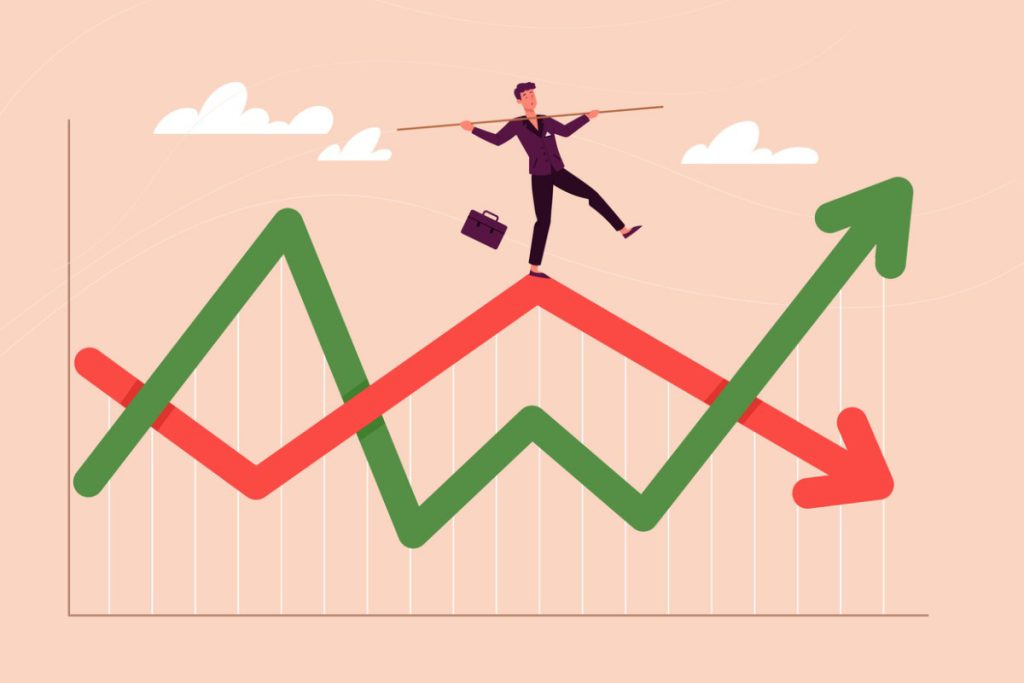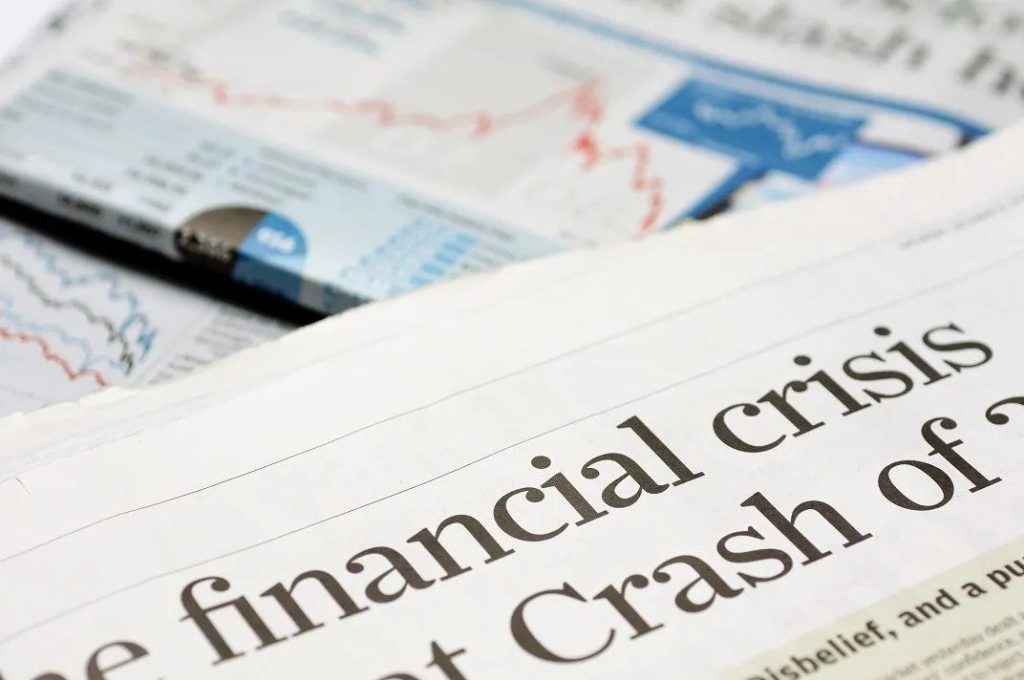By now, even those who are allergic to all things tech and finance can’t escape the name Silicon Valley Bank (SVB). Its sudden and swift collapse sent a tsunami of panic that’s enough to make depositors and investors half a world away shaking in their boots.
It’s a puzzling situation indeed. How could the 16th biggest bank in the United States with US$220 billion in assets and adored by thousands of startups, become a mega bank failure since the 2008 financial crisis and sent the world on doomsday mode?
Going back to the root
Most headlines would tell you SVB had experienced a textbook example of a bank run: clients are all withdrawing their deposits at once, triggering a bank to destabilise to the brim of bankruptcy.
Surely, but the fallout is not without any telltale signs.
SVB was founded in 1983 and headquartered in Santa Clara, California. It has made it clear since day one, that it’d thrive or die for the startup community, having prioritised their needs.
Over time, SVB established itself to be the go-to financier for nearly half of all venture-backed tech and healthcare startups in the US, even though it’s relatively unknown outside Silicon Valley.
Muddling with the notoriously risky early-day startup ecosystem is risky, but not without benefits. In 2020, the Federal Reserve dropped interest rates rock-bottom to jumpstart the economy that has been paralysed by the COVID-19 pandemic. This unleashed a flood of cheap money into the tech sector, fuelling sky-high valuations that raised the eyebrows of some seasoned analysts.

The bonanza in 2021 facilitated significant deposits into SVB, totalling a staggering US$189.2 billion, which was a significant increase from US$49 billion in 2018. These deposits were invested by SVB in high-yield, long-term mortgage-backed securities and bonds.
However, in 2022, the Federal Reserve made the decision to raise interest rates to combat inflation. As a result, the value of SVB’s bond investments took a sharp downturn, leaving the bank with a considerable shortfall in its balance sheet.
This decrease in value occurred because the increase in interest rates meant that SVB was losing money on its bonds. For example, if SVB had purchased a bond at a two per cent yield, locked in for 10 years, but now had to pay depositors four per cent on their savings, the bank would be losing money every day. In response, the bank sold off its bonds at a loss, exacerbating the situation.
To make matters worse, the tech sector is experiencing a drop in revenue in recent months, amidst layoffs, inflation, and rising interest rates. Without new deposits, this is putting even more pressure on SVB to find a way to patch things up.
The tipping point arrived on March 8, when SVB announced to sell a bunch of securities at a loss and issue US$2.25 billion in new shares to plug the hole. Some prominent venture capital firms had purportedly advised their invested companies to withdraw their funds from SVB.
In the next 48 hours, a tornado of withdrawals sent SVB stock down 60 per cent, dragging the shares of some of the other banks. Some disillusioned investors thought they are witnessing the start of another global financial crisis, like the one in 2008.
By March 10, trading of SVB shares had been suspended, and the bank had given up on its attempts to secure capital or a buyer.
How did the world react?
As a result, California regulators shut down the bank and placed it under the Federal Deposit Insurance Corporation’s receivership on March 12.
At the same time, the Federal Government said it would step in to make sure all depositors would have access to their money on March 13.
“Thanks to the quick action my administration [has taken] over the past few days, Americans can have confidence that the banking system is safe. Your deposits will be there when you need them,” President Joe Biden said in a brief remark delivered on the same day at the White House.
In the UK, HSBC announced a £1 acquisition of the UK division of SVB on March 13, providing a sense of relief to British technology companies that had expressed concerns about their survival in the absence of assistance.
Previously on March 11, over 200 leaders of technology companies signed a letter directed to the UK Chancellor Jeremy Hunt, urging the government to intervene. The letter indicated a large number of financial technology companies relying exclusively on SVB for their banking needs. Unless preventative measures are taken, these businesses could enter receivership soon.

The letter emphasised that the collapse of SVB would impact millions of people and businesses that are crucial to the UK economy. Failing to act would lead to the short-term failure of these companies, as well as the long-term failure of technology growth ambitions.
In Asia, startup founders and investors in China, India, and Singapore were closely monitoring the SVB collapse over the weekend, speculating on which institution might collapse next, and assessing the stability of their own.
However, not everyone is as fortunate. A founder in India said they were unable to recover their company’s funds and would only have working capital left.
Another founder was frantically attempting to redirect customer payments from their SVB account while simultaneously arranging new methods for employee salary payments. The three founders and a startup investor claimed to have gone without sleep for at least 48 hours.
What does it mean to Singapore?
Experts warned the impact of the SVB collapse on the technology industry in Asia should not be underestimated. Many early-stage tech businesses count on deposits as they require significant funding for research and development expenses, as well as staff salaries.
They warned that if these cash deposits were ultimately affected in the bankruptcy or restructuring process, several technology companies could face severe cash flow challenges, and the risk of bankruptcy cannot be ruled out.
In Singapore, Temasek Holdings confirmed that it does not have any direct exposure to SVB after an internal evaluation.
In 2015, Temasek had acquired SVB’s Indian venture debt arm as part of its expansion to the early-stage investment space. SVB India Finance was later rebranded to InnoVen Capital India co-owned by Temasek and United Overseas Bank (UOB).
On March 13, three local banks experienced a setback in early training, with the nation’s largest lender DBS losing as much as 1.4 per cent, or S$0.47, dropping to S$32.71 as of 9.24 am. However, the counter eventually rebounded to S$32.92, resulting in a decrease of 0.8 per cent, or S$0.26, before the midday trading break.

Meanwhile, UOB’s shares fell by 1.8 per cent, or S$0.52, to S$28.16 as of 9.26 am before gradually recovering to S$28.51, representing a decline of 0.6 per cent, or S$0.17, by the midday trading break. Similarly, OCBC lost up to 2.1 per cent, or S$0.26, and gradually rose to S$12.24, down 1.1 per cent, or S$0.13, by midday.
Despite these events, analysts remained optimistic about the outlook of Singapore’s banks, asserting that several fundamental differences set local lenders apart from SVB.
On the same day, the Monetary Authority of Singapore (MAS) said it is “closely monitoring” the impact of SVB collapse on the domestic financial system. It added that it is “ready to provide liquidity through its suite of facilities to ensure that Singapore’s financial system remains stable and financial markets continue to function in an orderly manner.”
So, what now?
US analysts noted that based on the present situation, a wider impact is unlikely. However, smaller banks that are heavily linked to financially vulnerable sectors such as tech and crypto could face a difficult time.
The SVB collapse certainly serves as a reminder of the perils of over-reliance on a single financial institution, particularly in the tech industry.
The bank’s initial focus on supporting startups brought it success, but its investment choices left it vulnerable to market fluctuations.
As the technology industry continues to play an increasingly critical role in the global economy, it is essential to evaluate the risks associated with the financial institutions that support it. After all, no one wants to pick up the pieces left behind by a financial hangover.
Featured Image Credit: Philip Pacheco / Bloomberg via Getty Images file









